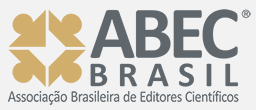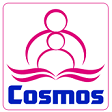INACTIVATION OF Staphylococcus aureus BY PHOTOBIOMODULATION WITH BLUE AND GREEN LIGHT
DOI:
https://doi.org/10.54578/unesc.v9i1.506Resumo
The emergence of antibiotic-resistant bacterial strains, such as methicillin-resistant Staphylococcus aureus (MRSA), has driven the search for alternative antimicrobial therapies. Light-based therapies have demonstrated bactericidal effects, which are influenced by factors such as wavelength, dosage, and bacterial density. This study aimed to develop a protocol for inactivating Staphylococcus aureus using blue and green light while preserving host cell integrity. The bactericidal effects of blue (465 nm) and green (525 nm) light were tested in vitro on Staphylococcus aureus (ATCC 29213) cultured for 24 hours and diluted to concentrations of 0.75 × 10⁸ CFU/mL and 0.375 × 10⁸ CFU/mL. Blue light at 60 J/cm² was applied three times within 24 hours, whereas green light at 100 J/cm² was applied once. Both wavelengths effectively reduced bacterial colonies, with the most significant reductions observed in the lower-density colonies (0.375 × 10⁸ CFU/mL), achieving a 95% reduction with blue light and 78% with green light. In higher-density colonies (0.75 × 10⁸ CFU/mL), blue light resulted in a 22% reduction, while green light produced a 47% reduction. Although complete eradication was not achieved, the significant reductions, particularly at lower bacterial densities, suggest that photobiomodulation with blue or green light, when used in combination with antibiotics, could be a promising strategy for reducing Staphylococcus aureus populations.
Downloads
Publicado
Como Citar
Edição
Seção
Licença
Copyright (c) 2025 UNESC em Revista

Este trabalho está licenciado sob uma licença Creative Commons Attribution-NonCommercial 4.0 International License.



















